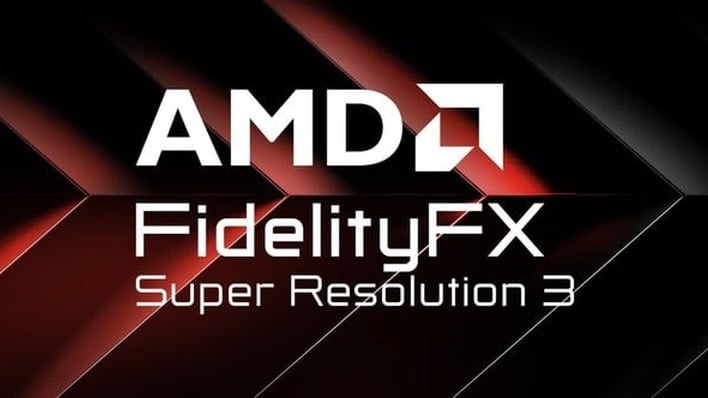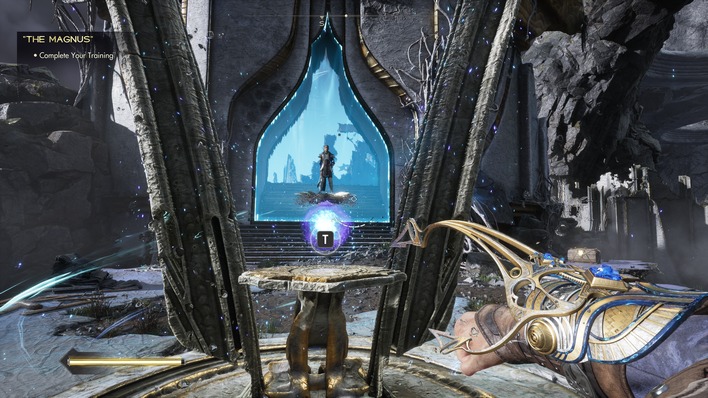AMD Releases FSR 3 Source Code On Github, Why This Matters For Gaming

Before the feature launched, AMD promised that it would make FSR 3 open-source. Well, as you have probably already determined from the headline, that has happened now. The company has published the full source code for both DirectX 12 and Unreal Engine 5 integration. This means that it is officially free and fairly easy for anyone to slap into their game or game engine.

Unlike AMD's Fluid Motion Frames (AFMF), FSR 3 requires game-specific integration. However, it gives better results than the honestly-rather-glitchy AFMF, as the implementation of FSR 3 requires accommodating for the game's UI and other elements that don't need to be interpolated. When we tested FSR 3 in Immortals of Aveum and Forspoken, we found that it works very well for the specific purpose of upgrading a 60 FPS game to high framerates, but it doesn't work well if the game isn't already running smoothly.
So does this announcement mean that we'll see a massive proliferation of frame generation? Well, maybe, but maybe not. The source for AMD's FSR 2 upscaling has been available for some time now, and while it's in quite a few games at this point, NVIDIA's DLSS still enjoys wider adoption. (That could be down to its earlier launch, though.) In any case, having source available is certainly a big step forward for future integration of AMD's frame-gen tech into upcoming games and game engines.

Notably, it took less than 3 months for AMD to make good on its promise to release the FSR 3 source. While we would have liked to have seen the code released on launch day, this is still a lot better than Intel's fulfillment of its own open-source promise with XeSS. While the source to implement Intel's scaling technology is available, the special sauce that makes it work is still distributed as a black-box binary, exclusively for Windows. This can break games that implement XeSS when trying to run them on non-Windows operating systems.
We have to note at this point that Intel's XeSS doesn't support frame generation at all yet, so AMD's still a step ahead of Intel on this one, although FSR 3 works fine on Arc and GeForce graphics, so this is ultimately good news for everyone. Meanwhile, NVIDIA hasn't open-sourced its DLSS technology at all, of course—but that's how it goes when you're the market leader.

